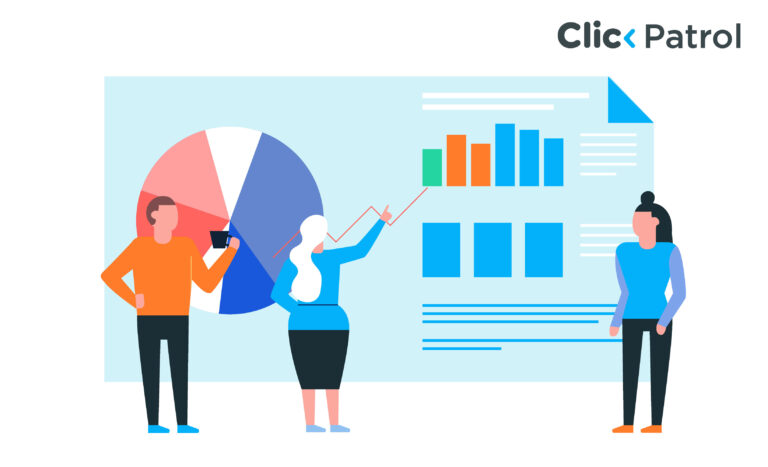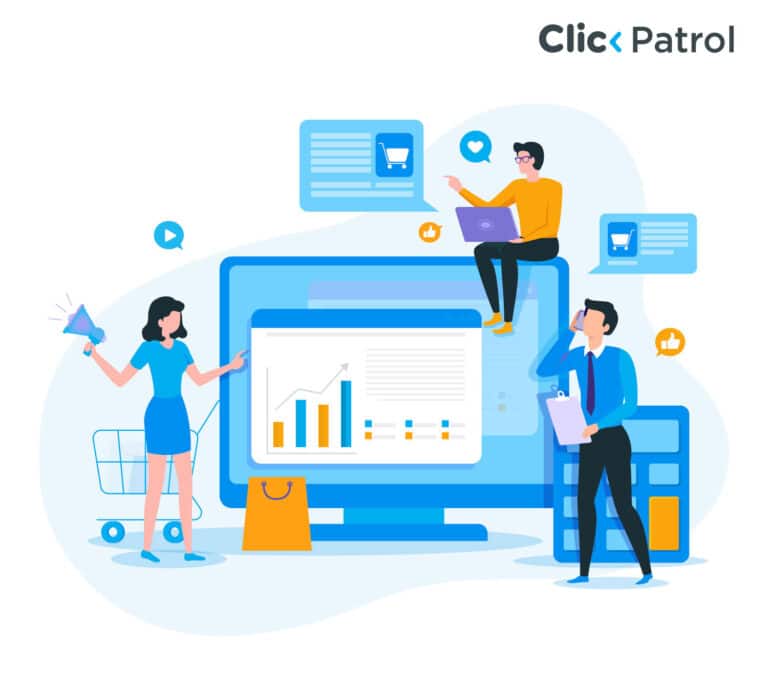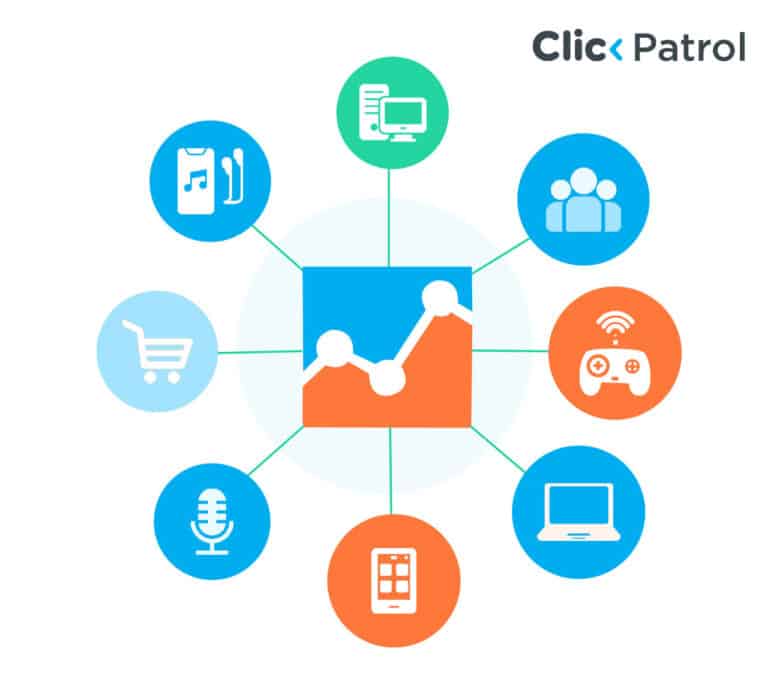
Battling Invalid Clicks And Impressions
Abisola Tanzako | Jun 22, 2023

Everyone marketing in the online space, irrespective of their niche, will have one issue or the other with invalid clicks and impressions over time. Not all bots are bad bots, but invalid clicks and impressions still do more damage than good to a webpage’s overall reputation.
Table of Contents
Invalid clicks and impressions threaten publishers and advertisers that intend to generate income and revenue from the online space.
In this article, we discuss the various types of traffic caused by invalid clicks and impressions, the causes of it, how you can protect yourself as a publisher from invalid traffic, get maximum returns from ad cost, and generally protect yourself from ad fraud.
What are invalid clicks and impressions?
Invalid clicks and impressions are generated artificially generated to inflate a punisher or advertisers earnings. This means that the clicks and impressions generated on a webpage’s content are not from genuine users. These impressions and clicks can happen intentionally or accidentally; intrusive ad clicks can be accidental clicks, and competitors, ad bot nets, and others can cause intentional clicks.
Invalid clicks and impressions don’t add anything to an advertiser’s revenue, so they are unnecessary. Research says as of 2023, publishers lose about $120 billion to ad fraud, including invalid clicks and impressions.
Invalid clicks and impressions include:
- Clicks and impressions from publishers themselves. They generate these clicks and impressions on their websites and ads. They use various tools to increase clicks and impressions.
- Use of bot traffic to learn about users’ data.
Invalid traffic which is made up of invalid clicks and impressions is classified byb Media Rating Council as GIVT (general invalid traffic) and SIVT (sophisticated invalid traffic).
GIVT (General Invalid Traffic)
This traffic performs in the background by scanning a web page for information. This traffic doesn’t behave like real users, and they do not intend to defraud. They are the least type of risky invalid traffic. Examples of general invalid traffic are:
- Bots and crawlers that are generated from search engines and data centres
- Brand safety bots
- Analytics crawlers
- Invalid ad placement
- Traffic from browsers that are unknown
Even though general invalid traffic is non-human, they are primarily used to sanitize the ecosystem of the digital space, like to improve on the data extracted by the traffic. It is important to note that GIVT does not inflate ad visibility.
SIVT (Sophisticated Invalid Traffic)
This kind of traffic is done with malicious intent. These clicks and impressions are much more technical than the general invalid traffic, which makes it quite difficult to identify. They mimic real user behaviour. For sophisticated invalid traffic to be detected, there will be the need for advanced analytics such as click fraud protection software, coupled with human intervention to detect fake clicks and impressions against ultimate artificial inflation. SIVT doesn’t always meet the criteria of ad quality, ad completeness, etc. Examples of sophisticated invalid traffic include:
- Malware
- Cookie surfing
- Bot traffic (interact with digital ads and web pages like real users)
- Bot (that manipulates statistics and data)
- Illegal substitute traffic
- False location data
- Hacked user devices
Causes Of Invalid Clicks And Impressions
As an adveriser, when your webpage has been hit by invalid traffic or impression, it could mean:
- The source of the fake traffic is unknown
- The publisher is intentionally generating clicks or impressions
This first category means the publisher is in the dark about the main cause or source of the traffic. Below are three causes of unintentional traffic:
Redirected and expired domains
One common SEO practice is buying expired domains. Publisher either move their website to the expired domain or build a new one entirely to fit the industry niche. This helps publishers to:
- Take over a domain that has good authority command
- The publisher’s industry has a similar name with a domain name
- The domain has a .org or .edu address that provides the publisher with higher authority
- Access to good backlinks if the site has one
When publishers buy expired domains, they can benefit from existing backlinks, domain ranking, and authority. The issue is that when publishers get the transferred clicks and impressions from the domain, they cannot ascertain where the clicks and impressions are coming from and why. Transferring clicks and impressions, publishers can be setting themselves up for:
- Bots and crawlers
- High bounce rate (this is because users may be looking for the previous webpage)
- Google warnings about invalid traffic
As a publisher or site owner, investigate the clicks and impressions transferred to you by the expired domain. This can be done by examining the server’s log file; when this is done, a domain forwarding filter can be used to separate bots. This way, you can keep the backlink while still being protected from bots.
Getting Hacked
Bots dominate web traffic. There are good bots (such as Google bots, SEO crawlers, etc.) and bad bots(such as click bots, scraper, etc.). The number of bad bots is on the increase daily. Changing the default URL login is one easy and straightforward way to avoid getting hacked. For instance, if your site was www.mysite.com/admin, you can change it to www.mysite.com/portallogin123. Leaving your admin login as your default login ensures that your website will be hacked. When you change your default URL and get hacked, the hackers will be redirected to a 404 page.
Purchasing Traffic
Even though purchasing traffic to increase clicks and impressions is still very popular and rampant, it is eventually a dead end. Purchased traffic is usually from a click farm, where special software or human traffic is paid to inflate clicks and impressions. This gives a short time of excitement, but ultimately, it is a bad move for the publisher’s webpage and revenue.
The better way to do it is to focus on SEO and create truly engaging content that will make real users happy. This way, advertisers get value for their money and will go to every length to pay the publisher what their webpage demands for.
How To Eliminate Invalid Traffic On Your Webpage
Invalid clicks and impressions affect both the publisher and the advertiser. Search engines do a lot to handle invalid clicks. They take their program policies seriously so that if they notice high invalid clicks on a page, they disable or suspend the page to protect users and advertisers. Invalid clicks and impressions can devalue a publisher’s credibility.
Sometimes advertisers need to filter out bots to identify and eliminate invalid traffic. This can be done by google analytics. Google Analytics proves quite effective in filtering out invalid clicks and impressions but doesn’t guarantee 100% removal of invalid clicks and impressions. Therefore, publishers should imbibe good practices such as
- Follow policies and guidelines for ad placement
- Dont click your ad as a publisher
- Validate your traffic with a third-party screening tool such as ClickPatrol.
As a publisher, you must monitor your traffic source constantly and get the help of an ad fraud software prevention company to protect your revenue and overall reputation, as the case may be.
In Conclusion,
Invalid clicks and impressions remain a significant concern in the digital advertising industry. These fraudulent activities drain resources, distort campaign performance, and undermine trust and credibility in online advertising. While advancements in technology and analytics have enabled better detection and prevention methods, the ever-evolving nature of invalid click and impression fraud necessitates ongoing vigilance and proactive measures. Collaborative efforts between advertisers, ad platforms, and industry regulators are crucial to combat this issue effectively, ensuring a fair and transparent ecosystem that fosters genuine engagement, accurate measurement, and optimal return on investment for all stakeholders involved.

